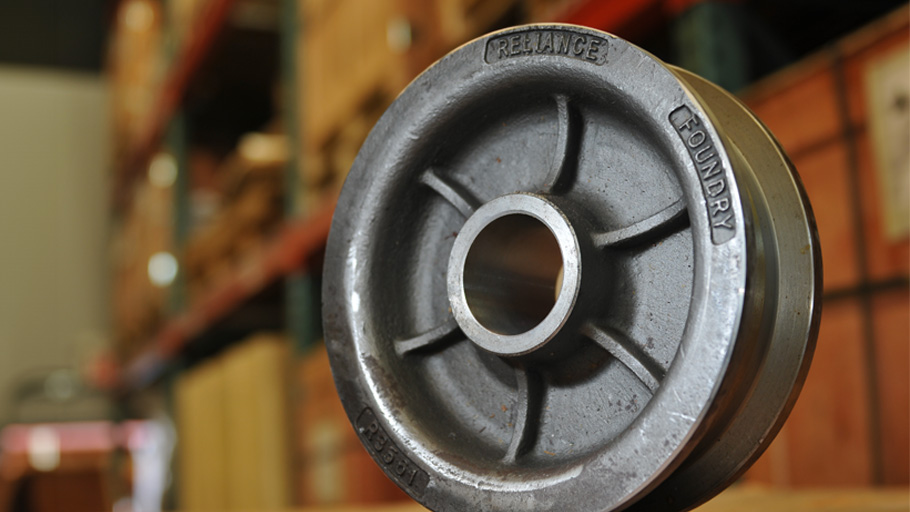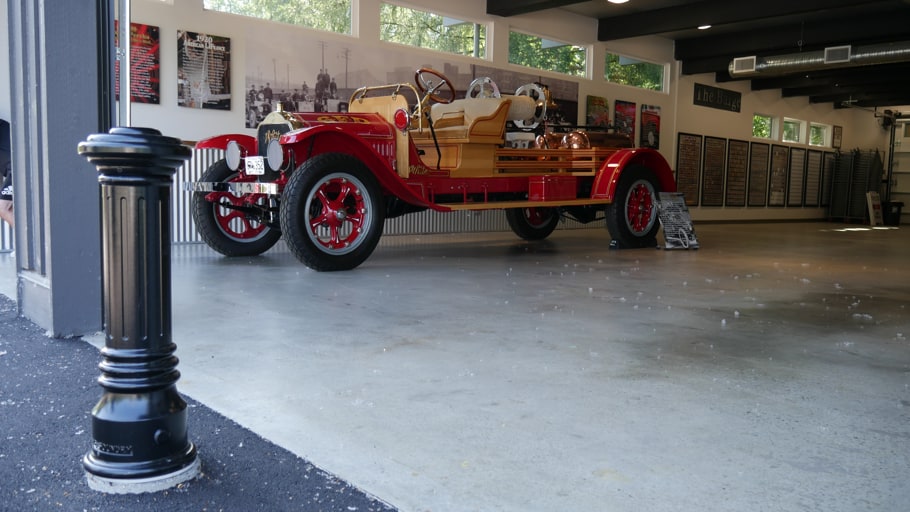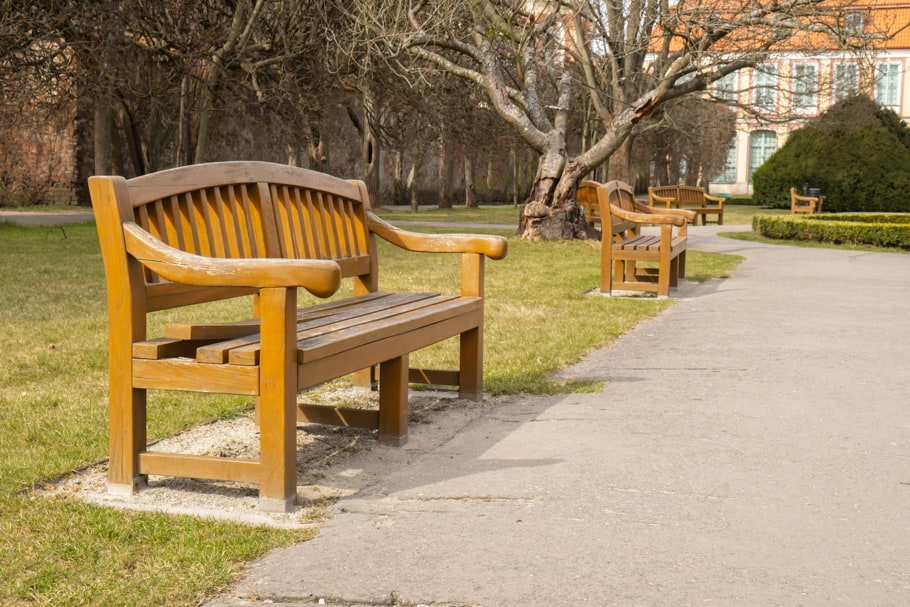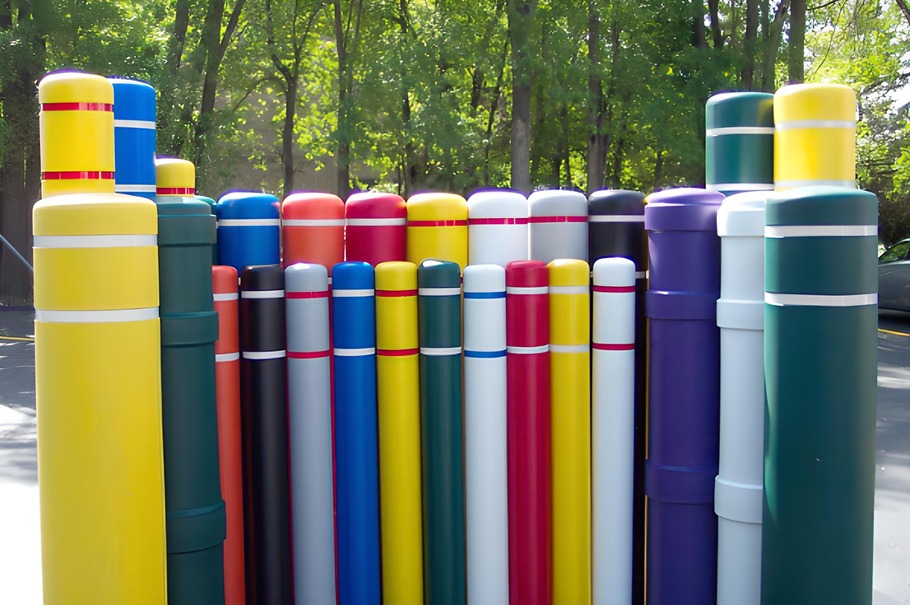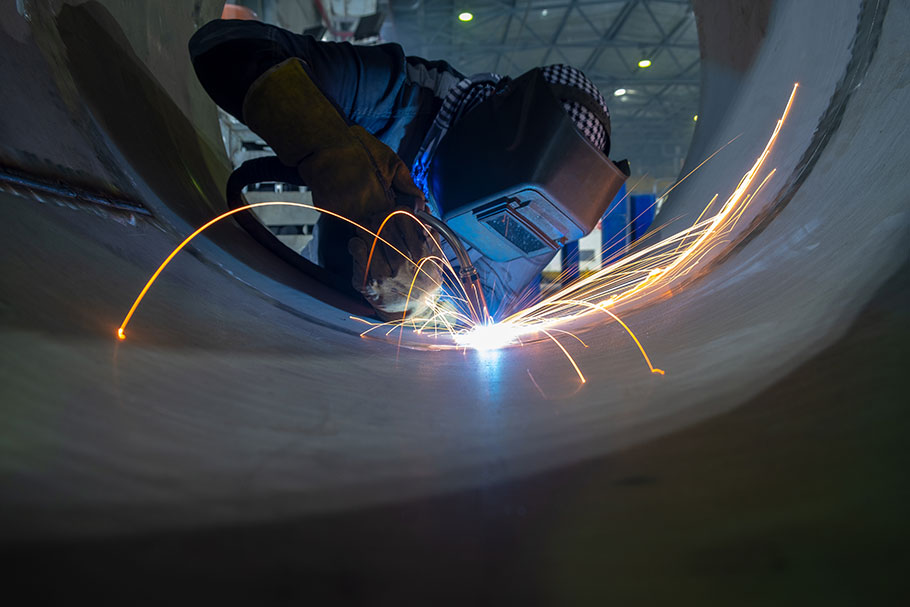Versatile and tough austenitic stainless—even at cryogenic or elevated temperatures
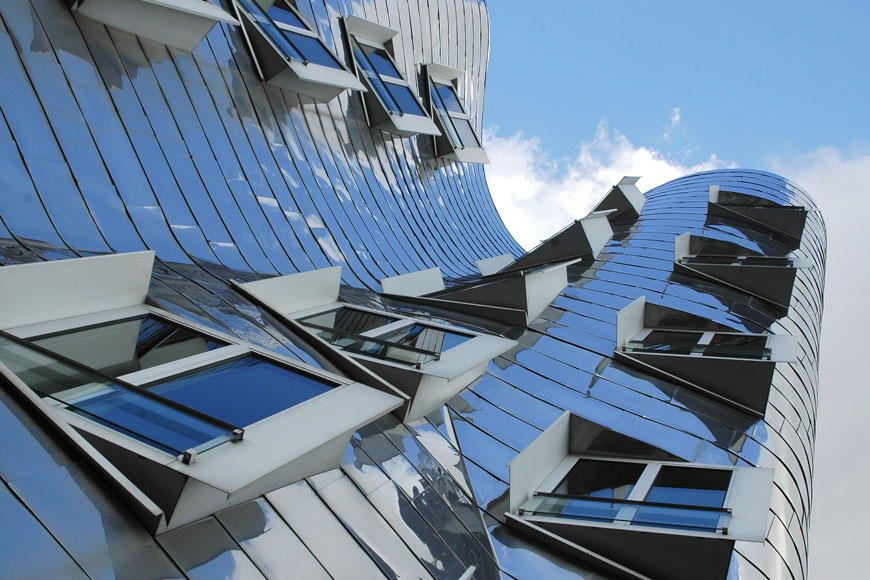
Stainless steel is called “stainless” because of its resistance to rust. Steel contains iron and carbon in certain percentages: adding the element chromium transforms it from steel to stainless steel. Starting with these three basic elements, metallurgists have created a huge range of stainless steels. Types of metals in the alloy, alloying instructions, heat treatments, and post-production work go into the description of each grade. These specifications sort into four major sub-types: austenitic, ferric, martensitic, and duplex. All are useful, but austenitic steels stand out for their superior utility. 70% of stainless steel items are made from austenitic stainless steel.
Chromium makes stainless steel corrosion resistant by oxidizing quickly. This forms a seal, or “passive layer,” that protects the iron-based metal from rusting. Austenitic stainless steel has an additional alloying element, nickel, that gives it properties of strength and ductility.
Properties of austenitic stainless steel
Austenitic stainless steel has many useful properties:
- Highly corrosion resistant
- Durable
- Formable
- Weldable
- Does not become brittle at cryogenic temperatures
- Larger hot-strength range than other stainless types
- Greater thermal expansion than martensitic and ferritic stainless steels
- Lower thermal conductivity than martensitic grades
- Usually non-magnetic; mildly magnetic if cold-worked
These properties make austenitic stainless versatile and ideal for many applications, including kitchens and food processing equipment, labs and hospitals, exterior site furnishings and cladding, ovens and furnaces, heat exchangers, and more. The commercially-common 300 series, including the common 304 and 316 grades, are austenitic steels.
Austenitic steel has these useful properties because of its molecular structure. However, it is expensive to create and maintain the austenite molecules within the steel. These steels are therefore only used where their enhanced properties are necessary.
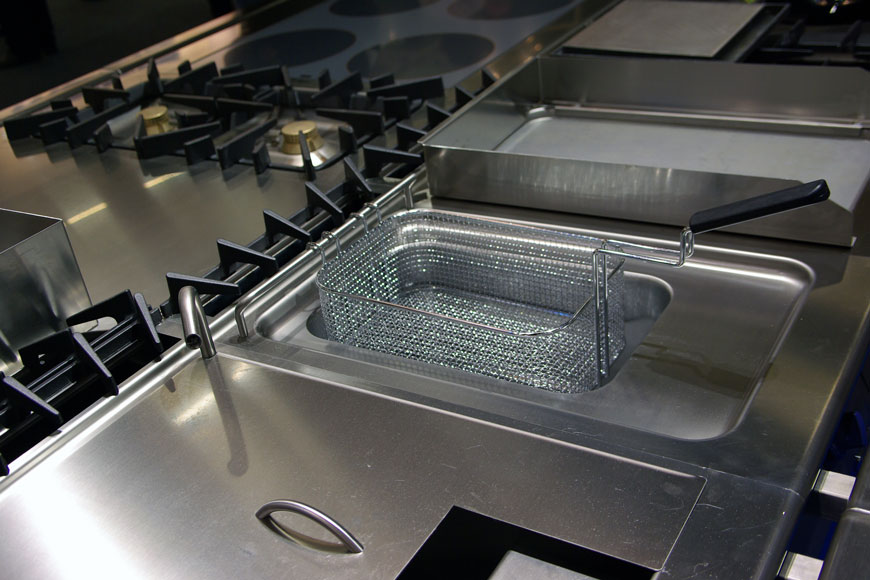
Austenitic microstructure
When metals freeze out of the molten state, they crystallize and form grains that attach to each other in a lattice. This crystal structure determines many of the metal’s mechanical properties.
There are many factors that influence this microstructure: the materials inside the lattice, how hot the metal gets and how fast it cools, and whether the metal is heat treated afterward. Austenitic alloys have something called a “face-centered cubic microstructure.” This lattice is made of densely packed cells. Face-centered austenite molecules only show up in mild steels when iron is in a molten state. When metallurgists add nickel to the alloy, this structure can maintain even when the metal is cool.
Face-centered cubic structures have atoms at each corner of the cell, plus atoms in the center of each face of the cube. It’s the atoms on the face of each cube that give austenitic steel its properties. The density of atoms per cell give it strength. Many other forms of steel and stainless steel have more loosely packed structures without the atom in the center of each face.
Austenitic stainless steel is non-magnetic because each atom in the cell can find a pair with opposite charge.
Austenitic stainless steel: suitable for cryogenics
Face-centered cubic structures are hardier at extreme temperatures due to the extra strength of the additional atoms per cell.
Austenitic stainless steels are the only stainless types that do not become brittle and easily fractured in cryogenic applications. Even below -292°F, this material keeps its toughness and elongation. When struck, the molecules can slide past one another without shattering.
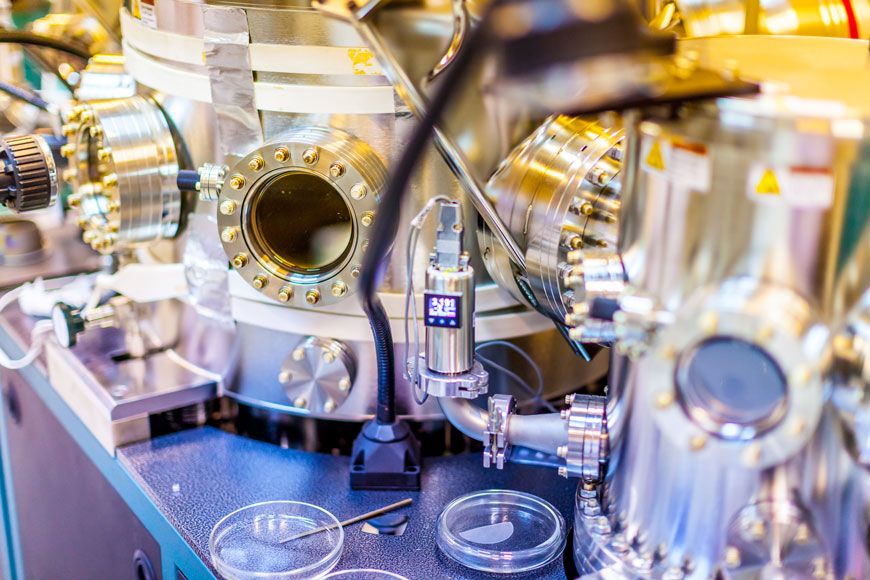
In comparison, body-centered cubic structures usually evidence a “transition” temperature below which the material shatters if mechanically stressed. This is called low-temperature embrittlement.
Heat-tolerance or hot-strength
When metals are heated, they soften, until they reach their melting points. Those that soften less quickly have greater hot-strength. Austenitic stainless steel starts losing its strength between 900–1000°F but not as quickly as other stainless types. Continuous service temperatures in two types, the martensitic and ferritic stainless steels, are between 1300–1500°F. The maximum continuous service temperature for austenitic 310 stainless steel is 2100°F.
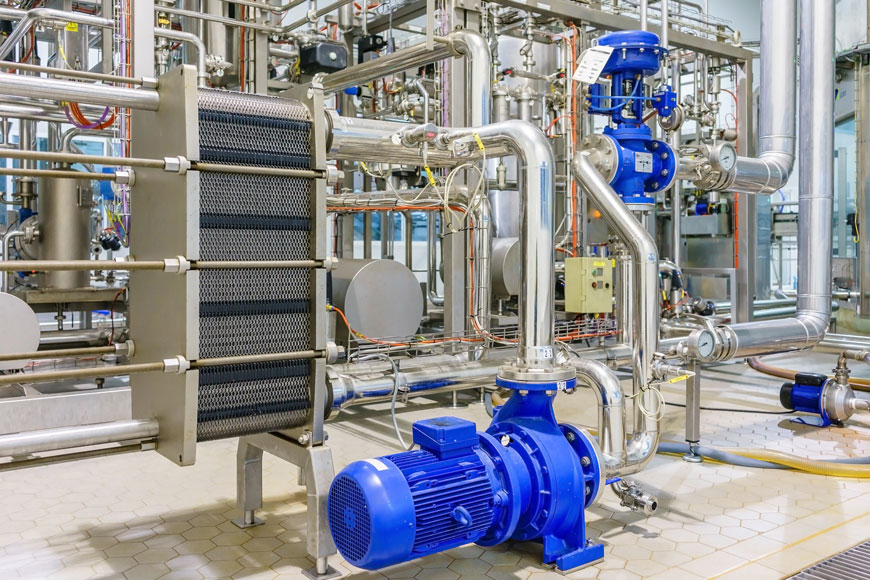
The complexity of metals
Metals get their unique material properties from their atomic crystal lattice formation. These grains are influenced by many different aspects of the metal’s production.
Steel is created when iron is alloyed to carbon, producing a strong, ductile, but rust-vulnerable alloy. Chromium is added to help create a passive oxide layer and prevent rust. When heat treated between 1,674–2,541°F, carbon permeates through the lattice and the stainless now has greater ductility and strength. The only way to maintain this structure at room temperature is having nickel and/or manganese in the alloy. These additions provide chemical scaffolding for the face-centered cubic cells. With all these elements, austenitic stainless steel is created: non-magnetic, heat and cold tolerant, ductile, and weldable.
Resilient austenitic stainless steels keep working in many industrial environments. Their mechanical properties make them by far the most popular choice in stainless grades. However, added nickel and manganese make austenitic steels more expensive: new duplex steels, which interleave austenite and ferrite, tend to have some of the properties of both. They’re a cheaper way to have some austenitic steel benefits in non-extreme environments. However, for cryogenic applications, and heat-intensive ones such as boilers, heat-exchangers, and steam lines, austenitic stainless steel will remain the most popular choice.



